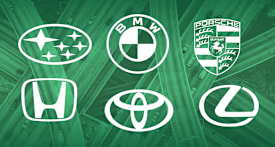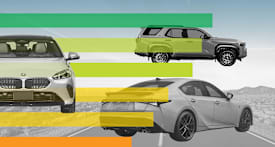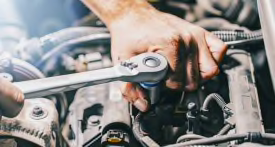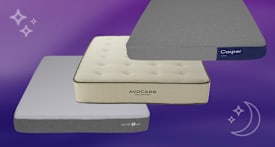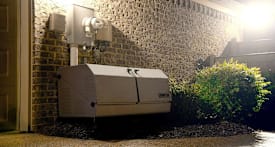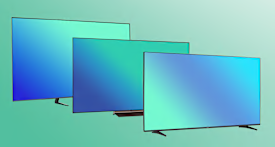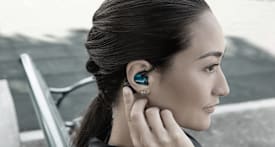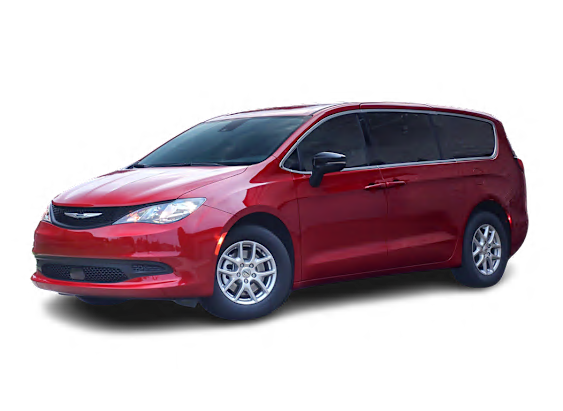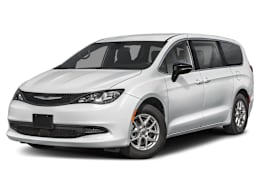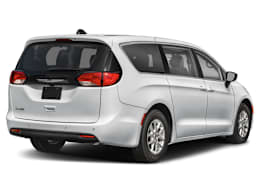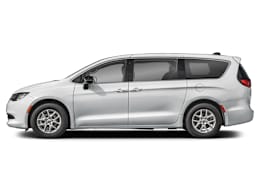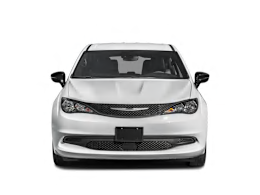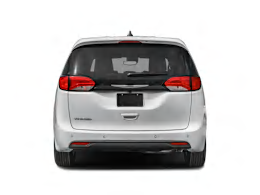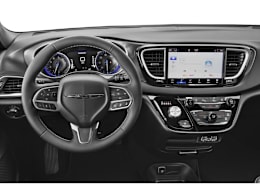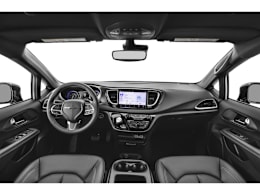Sold previously as a fleet-only vehicle after 2021, the Voyager returns to the retail market for 2025 as Chrysler’s entry-level minivan. If it looks familiar, that’s because it is. Wearing simplified pre-facelift Pacifica bumpers, and sharing the same V6 engine and nine-speed automatic transmission as its pricier sibling, the Voyager masquerades as a Pacifica for the cost-conscious crowd. Even still, Chrysler aims to deliver more standard niceties than you might expect, including standard adaptive cruise control, wireless Android Auto and Apple CarPlay, heated front seats and steering wheel, an eight-way power driver’s seat, power sliding doors, and a power liftgate. All of this comes in at just under $40,000, placing it right in the ballpark of the competition. But there are some compromises – the Voyager isn’t available as a hybrid or with all-wheel drive. You’ll need to upgrade to the Pacifica if those options are important to you.
Because it’s quite similar to our previously tested Pacifica, we decided not to purchase the Voyager. Test results and driving impressions will be based on our test of the Pacifica and noted as such. This road test will also explain the relevant differences in features between the Voyager and the Pacifica.
In our most recent test of the Pacifica, it got 21 mpg overall. We would expect similar fuel economy from the Voyager given its shared powertrain and platform. If fuel economy is important to you, consider one of the several hybrid minivans currently on the market. And if you're a huge fan of Chryslers in general, the plug-in hybrid Pacifica (which we also tested), returned 27 mpg overall and has an all-electric driving range of about 32 miles. But it costs significantly more than the more bare-bones Voyager.
Our testers were impressed with how well the Pacifica drove. Tackling corners, the big Chrysler responds like a good midsized sedan rather than the living room on wheels that it essentially is. The well-tuned suspension keeps the body from bobbing down the highway while supplying good insulation from road bumps. Keeping a cavernous minivan quiet inside can be a challenge, but the Pacifica's interior proved hushed, aided by standard active noise cancellation. Chrysler claims that this active noise cancellation is also standard for the Voyager.
In terms of people and cargo hauling, the Pacifica earned its keep, packing in many clever ideas, some of which carry over to the Voyager. If you need eight seats, you’ll have to go for the Pacifica because the Voyager is available only in a seven-passenger configuration. But it does retain Chrysler’s exclusive Stow 'n Go second-row seating. Making room to haul bulky or flat cargo simply requires folding the seats into big storage cubbies hidden in the floor; other vans force you to wrestle the heavy second-row seats out of the vehicle. The downside is that these second-row seats aren't as cushy and accommodating as in most other minivans.
Third-row occupants likely won't mind clambering to their seats, given the room they have once they sit down.
In the Pacifica, storage space abounds. Drawers and cubbies fill the center dashboard and console, and there’s room available in the underfloor bins. A deep well behind the third-row seat fits plenty of luggage, even with all of the seats in use. The Voyager also gets these handy storage areas.
In our test of the Pacifica, we found the Uconnect touchscreen infotainment system relatively easy to use. The Voyager receives an updated version of this system, which we’ve tested on other Stellantis vehicles and have found to be not quite as intuitive due to a larger amount of options and content.
Overall, the Voyager brings a lot of favorable features from the Pacifica at a more attractive price point. The Pacifica did well in our tests. The only issue that prevents us from recommending the Pacifica is its subpar reliability, and that's unfortunately likely to carry over to the Voyager.
The Voyager is well-equipped with the following standard safety features, automatic emergency braking with pedestrian and cyclist detection, forward collision warning, blind spot warning, and rear cross traffic warning.
